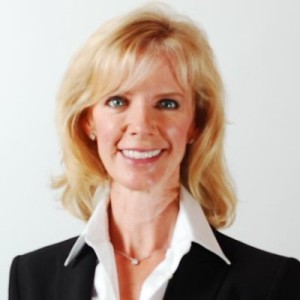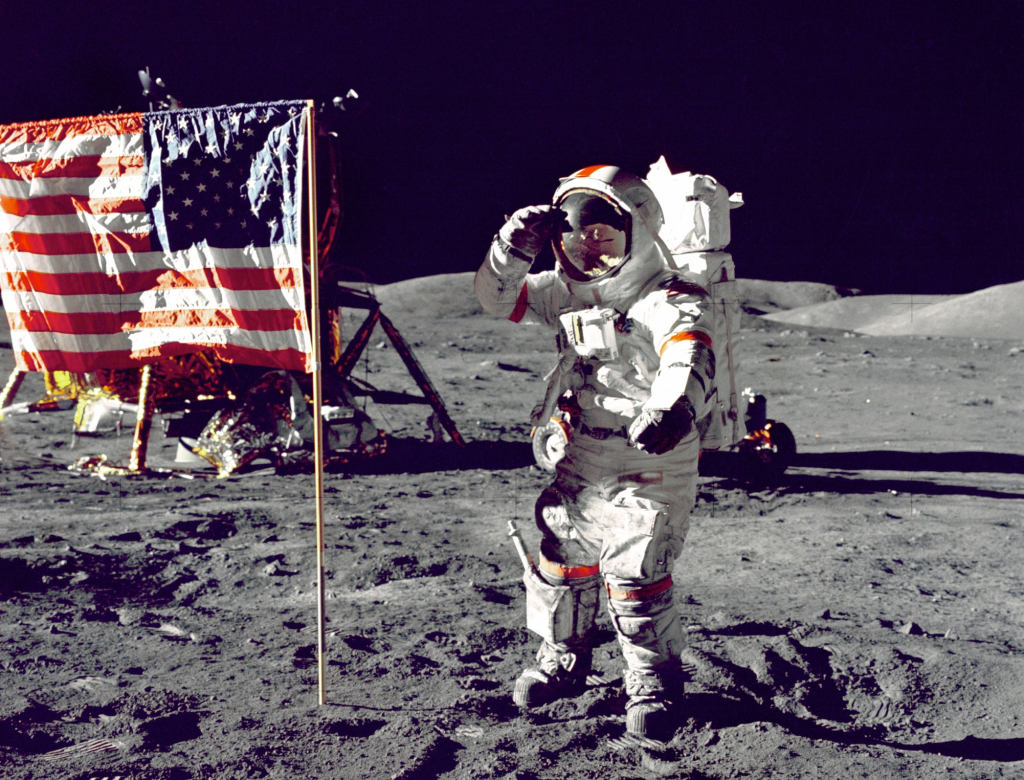Welcome to the forty-seventh issue of CEE News!
On May 25, 1961, President John F. Kennedy announced an audacious goal. Before a joint session of Congress, Kennedy laid out a compelling vision: to put a man on the moon and return him safely to Earth by the end of the decade. It is estimated that on the night of that speech we knew only about 15% of what we needed to accomplish that goal. No U.S. astronaut had ever orbited the Earth, we had never walked in space, and we had never designed a lunar module. But America’s space race with the Soviets was intensifying, and our country was in serious danger of losing. I wasn’t alive when Kennedy made his speech before Congress, but I was alive on July 20, 1969, — 50 years ago this month — to watch along with millions of people around the world as Neil Armstrong took one small step for man and one giant leap for mankind.
In the eight years between President Kennedy’s and Commander Armstrong’s profound words, nearly 500,000 people – from scientists to doctors, from seamstresses to dietitians – worked tirelessly to reach that goal. It was something that many, including Dr. Robert Gilruth, Director of NASA’s Manned Spacecraft Center, were not sure could be reached. What was it about Kennedy’s words that stirred so many to achieve this nearly impossible feat?
President Kennedy invited us into a cause. He asked us to be part of something bigger than ourselves — to bring our gifts and talents together to solve a collective problem. In short, he galvanized half a million people around a purpose — and an American flag was planted on the moon.
The question of purpose — the need to connect the why to the what and how — is the essence of what it means to exist. It’s the question in the mouths of insatiably curious 4-year olds. It’s the question on the hearts of young adults when traditional education falls short. It’s the question on the minds of the Millennial workforce, today’s consumers, and potential investors when considering whether to work for, buy from, or invest in your organization.
During times of uncertainty, it is the leader’s role to bring order to chaos, and reground people around organizational purpose just as President Kennedy did. Now is the time to clarify and renew your commitment to the bigger impact – collectively – your organization is making in the world. Are you clear about your organizational why?




